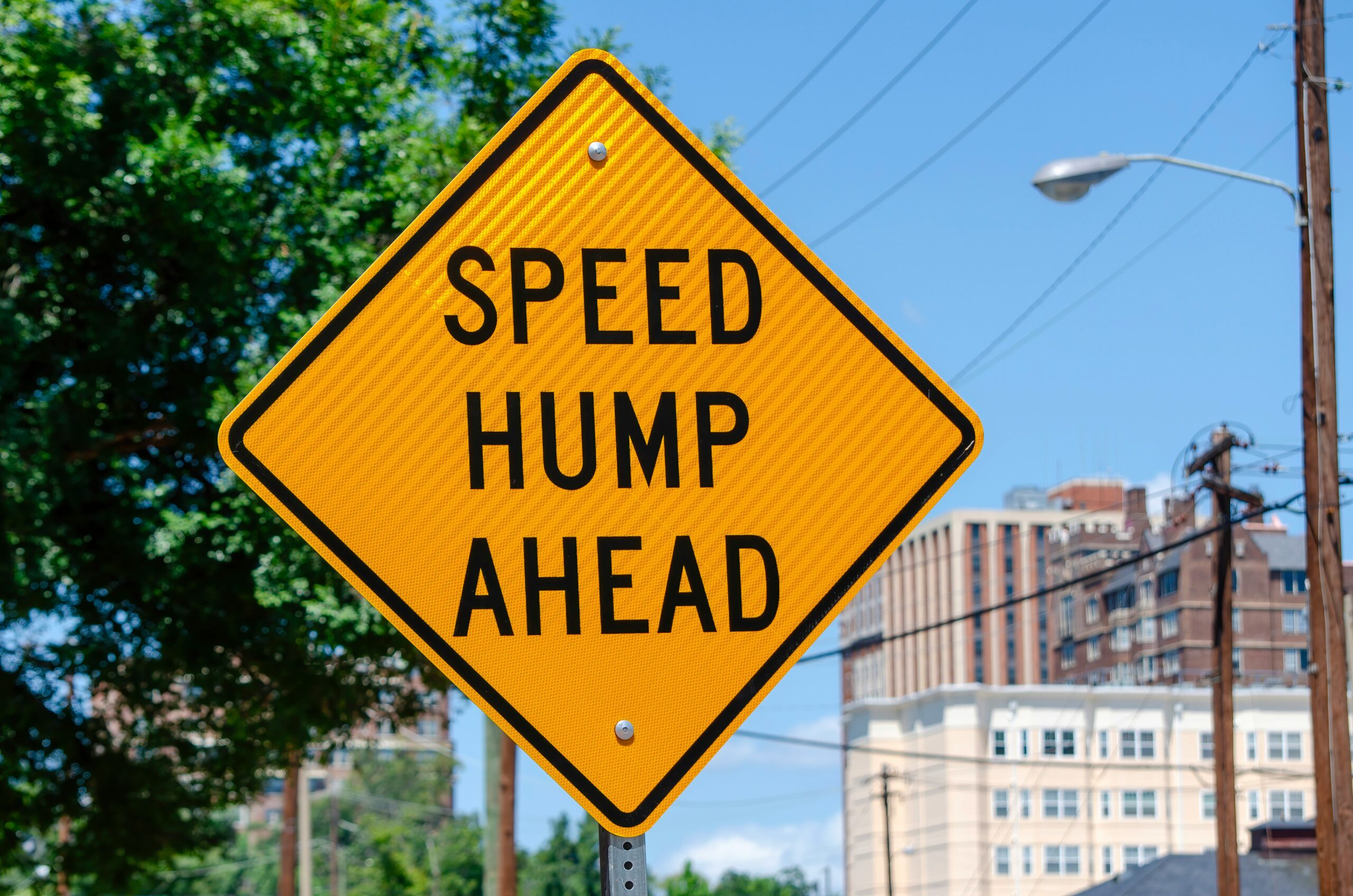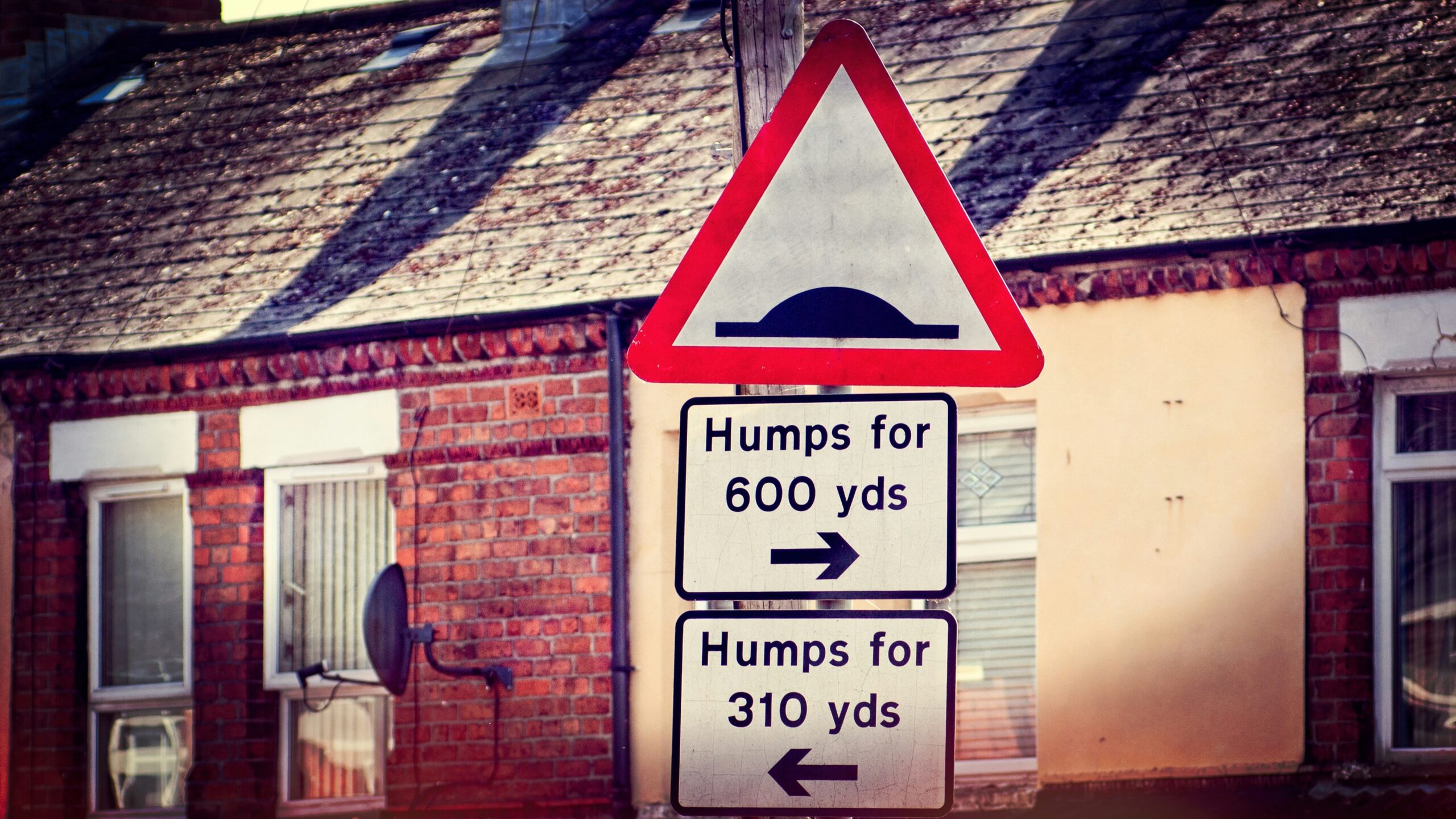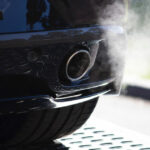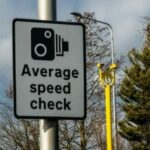Motorists in Culloden, Inverness-shire, have been left scratching their heads after Highland Council introduced fake speed bumps in an attempt to slow down traffic. Instead of traditional raised bumps, the council opted for painted road markings designed to create the illusion of a physical obstruction. However, residents and drivers alike are questioning the effectiveness of this unusual traffic-calming measure.

The Concept Behind Fake Speed Bumps
The fake speed bumps are essentially two-dimensional stickers featuring shaded sections and white markings to mimic the appearance of raised bumps. The idea is that drivers will instinctively slow down upon seeing them, believing they are real obstacles. This approach has been trialed in various locations worldwide, with mixed results.
Highland Council claims the initiative is part of a broader effort to improve road safety and encourage lower speeds in residential areas. A council spokesperson stated that the project is a year-long pilot funded by Transport Scotland, aimed at delivering “safer, healthier, and greener” roads.
Local Reaction and Concerns
Despite the council’s intentions, many locals remain unconvinced. Residents have reported that the fake speed bumps are barely visible at night, rendering them ineffective. Some have even observed drivers speeding through them without hesitation, proving that the illusion is failing to deter reckless behavior, according to Inverness Courier.
Councillor Trish Robertson, who initially requested speed-reduction measures for Ferntower Road, expressed disappointment with the outcome. She noted that even the workers installing the markings were skeptical, reportedly laughing at the idea that they would have any impact.
One resident voiced concerns about pedestrian safety, particularly for schoolchildren crossing the road, says Inverness Courier. “These speed bumps are flat stickers that clearly don’t work as drivers are speeding through them continuously,” they said. “It makes me sad that concerns about drivers speeding were raised numerous times, and yet this is the solution we got”.

The Effectiveness of Optical Illusion Speed Bumps
The use of fake speed bumps is not entirely new. Similar optical illusions have been trialed in other parts of the UK, including Kent, where painted bumps were introduced in 2019. However, reports suggest that drivers quickly learned to ignore them, leading to criticism that they were a waste of public funds, according to the Metro.
Transport for London (TfL) first experimented with imitation speed bumps in 2014, hoping to reduce traffic speeds to 20mph. While some drivers initially slowed down, the long-term effectiveness of the measure remains questionable.
Experts argue that psychological traffic-calming measures can work in certain contexts, but they must be carefully designed and implemented. In Culloden, the lack of visibility and the familiarity of local drivers with the road may be undermining the effectiveness of the fake speed bumps.
What’s Next for Culloden’s Traffic Calming Measures?
Highland Council has stated that it will monitor speed limits before and after the implementation of the fake speed bumps to assess their impact. However, many residents believe that more traditional methods, such as raised bumps or speed cameras, would be far more effective.
If the pilot proves unsuccessful, the council may need to reconsider its approach to road safety. In the meantime, drivers in Culloden will continue to navigate the unusual markings, with many wondering whether this experiment will lead to meaningful change or simply fade into obscurity.
For now, the fake speed bumps remain a controversial addition to the town’s roads, leaving motorists confused and residents frustrated. Whether they will ultimately succeed in slowing down traffic remains to be seen. Only time will tell. While we’re waiting to find out, you can always find out how much your car could be worth thanks to our online valuation tool. In the blink of an eye, you could see how much your car is worth and all we need is your reg number! It’s as simple and easy as that.


















































